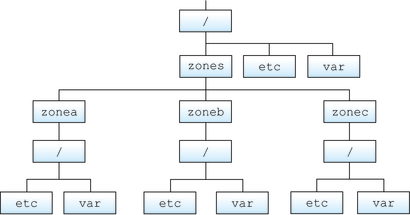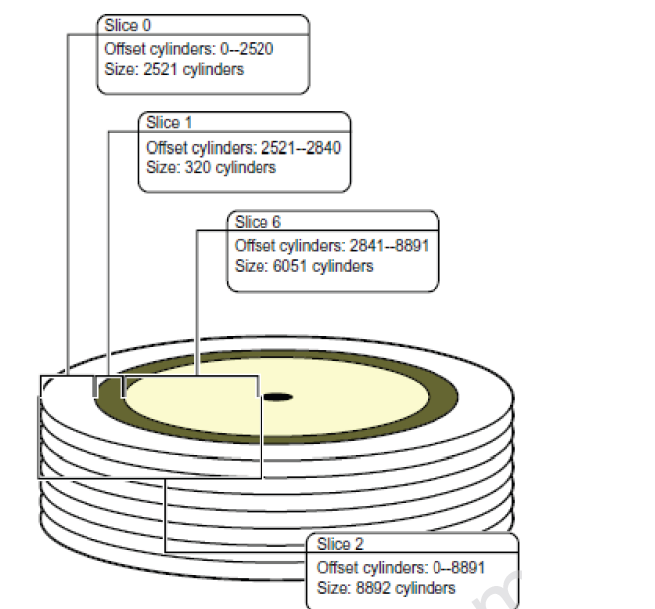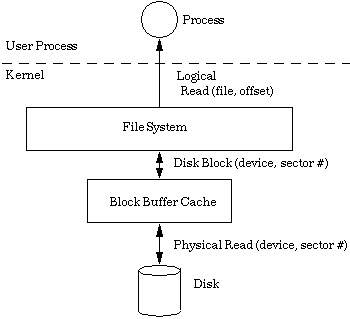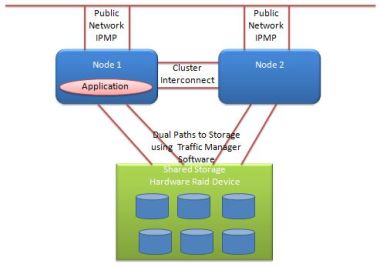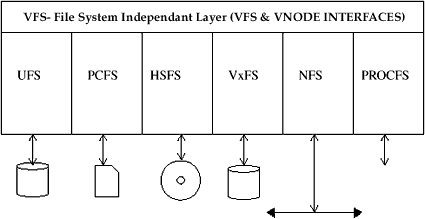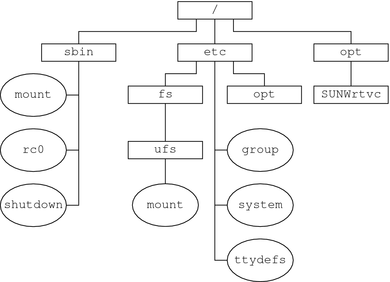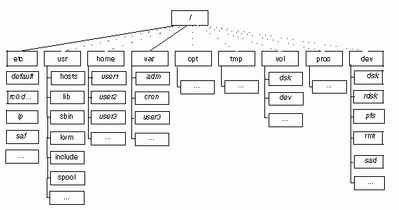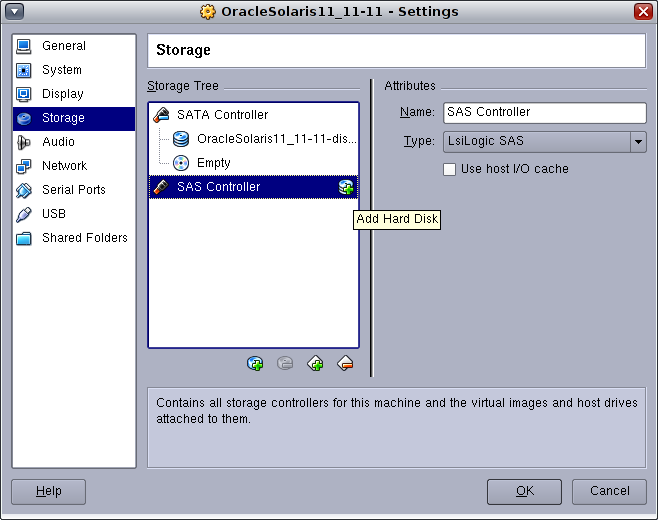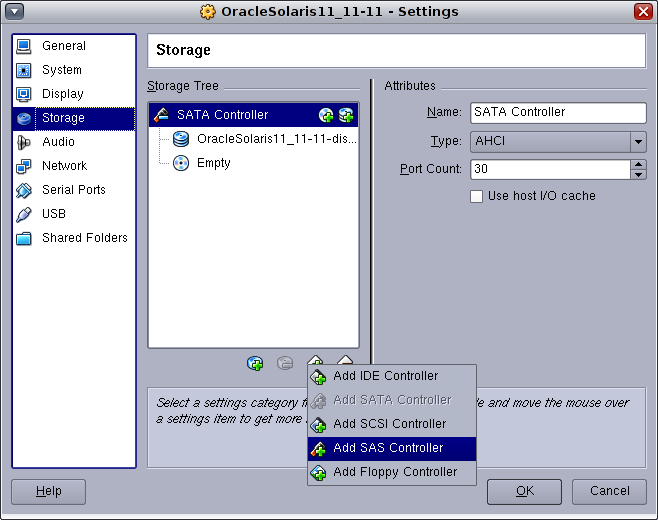Heartwarming Info About How To Check Filesystem In Solaris

The most common way is to use the “df” command.
How to check filesystem in solaris. In this guide, we will explain seven ways to identify your linux file system type such as ext2, ext3, ext4, btrfs, glusterfs plus many more. Windows file system treats file and. Quizack provides online quiz and practice mcqs for free.
The /dev/sdb1 file system is mounted on /data. The fs type field in the virtual file system table (the /etc/vfstab file) the /etc/default/fs file for local file systems. This command will show you a list of all the mounted filesystems.
When working with both linux and windows files and directories, you may need to adjust how case sensitivity is handled. How to check which process is writting on filesystem solaris. Root@solaris:/ # fstyp /dev/vx/dsk/datadg/datastore vxfs.
The fsck (filesystem check) utility can identify and repair errors. Force fsck to do a filesystem check. It won’t show the actual io operations, but you can also use the.
To get the information of the file system type, run the command: To check and interactively repair filesystem errors on the device c0t0d0s1, run the following command as. Run fsck on all filesystems:
The fsck command is a wrapper and. Run fsck for a specific filesystem. To check the file system, run the command:
The below command gives a long output so we will grep the required data to check file system type for. After the execution of the “blkid” command below, along with the “sudo” keyword, we will be able to display all the block devices along with the filesystem type. You can determine a file system's type by using one of the following:
How to check filesystem damage?


